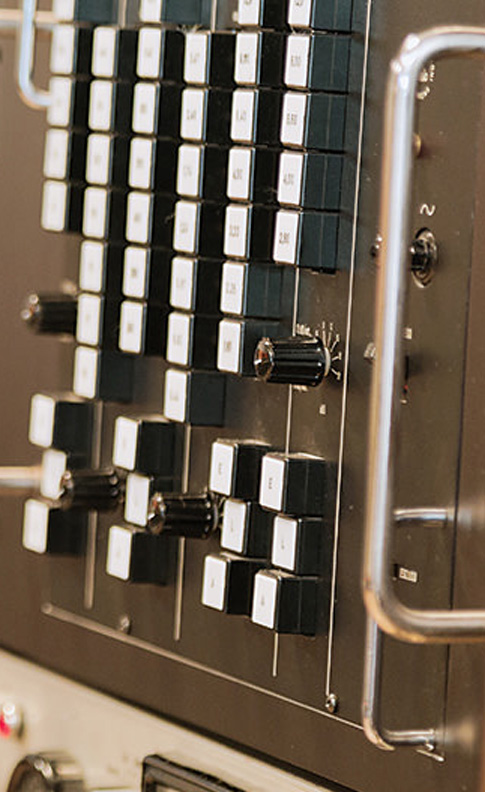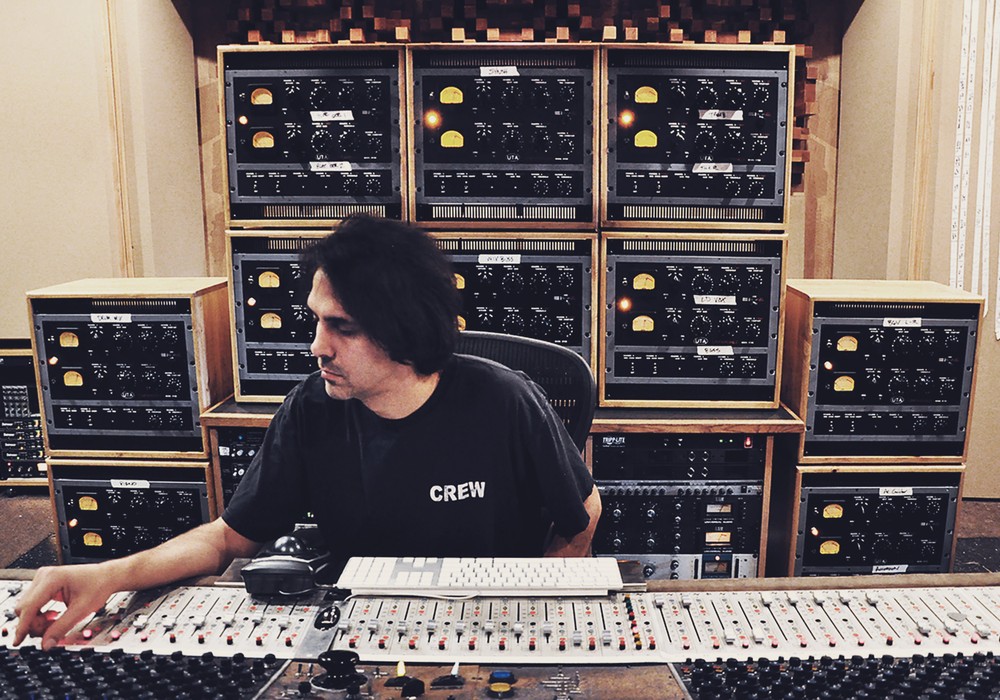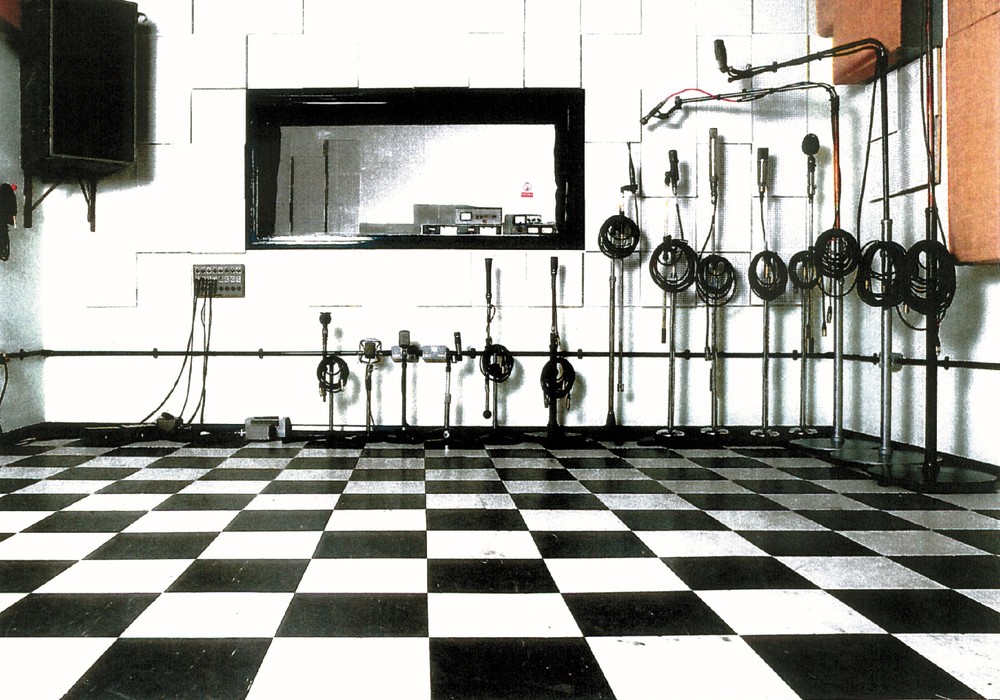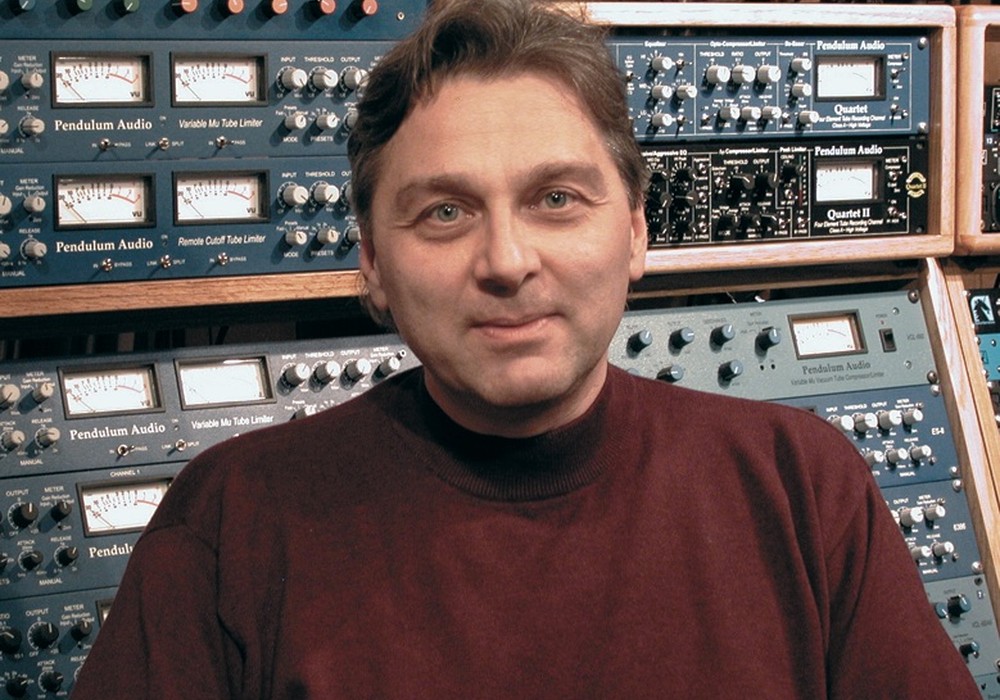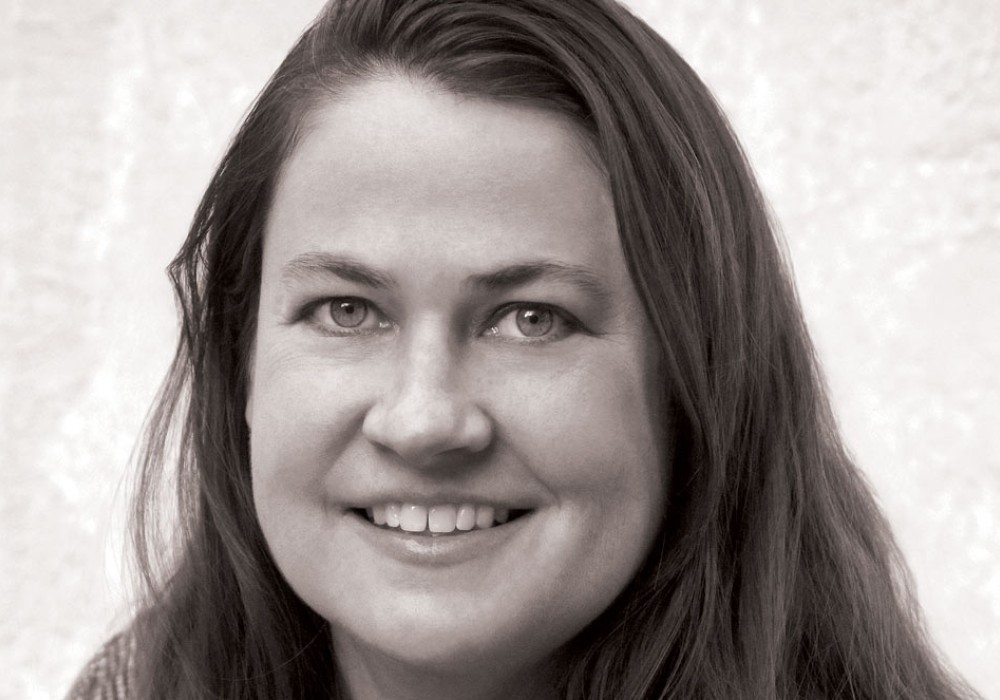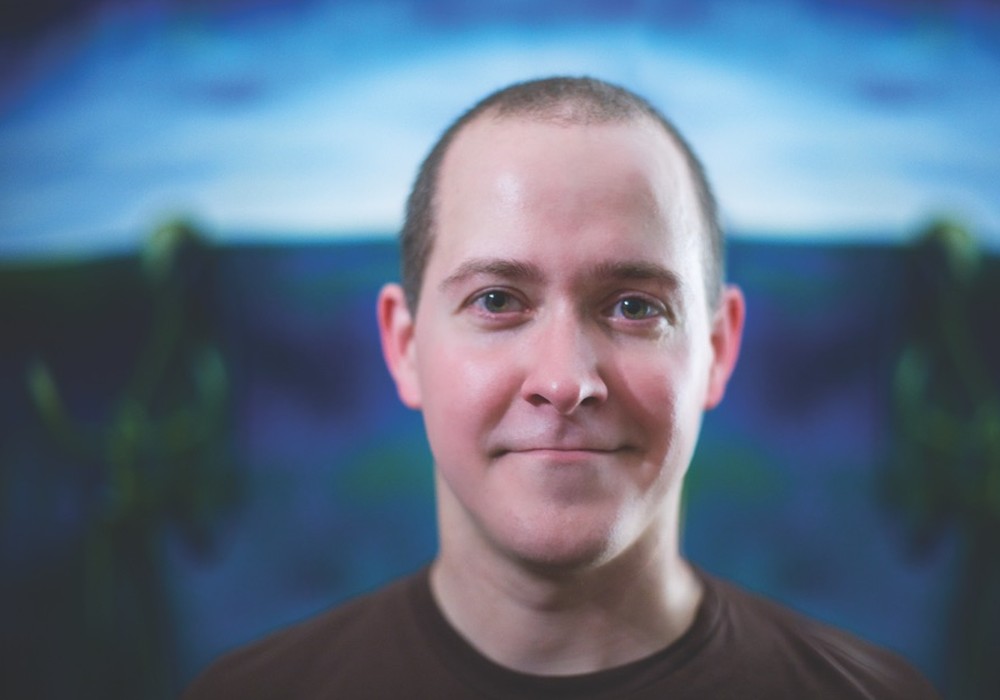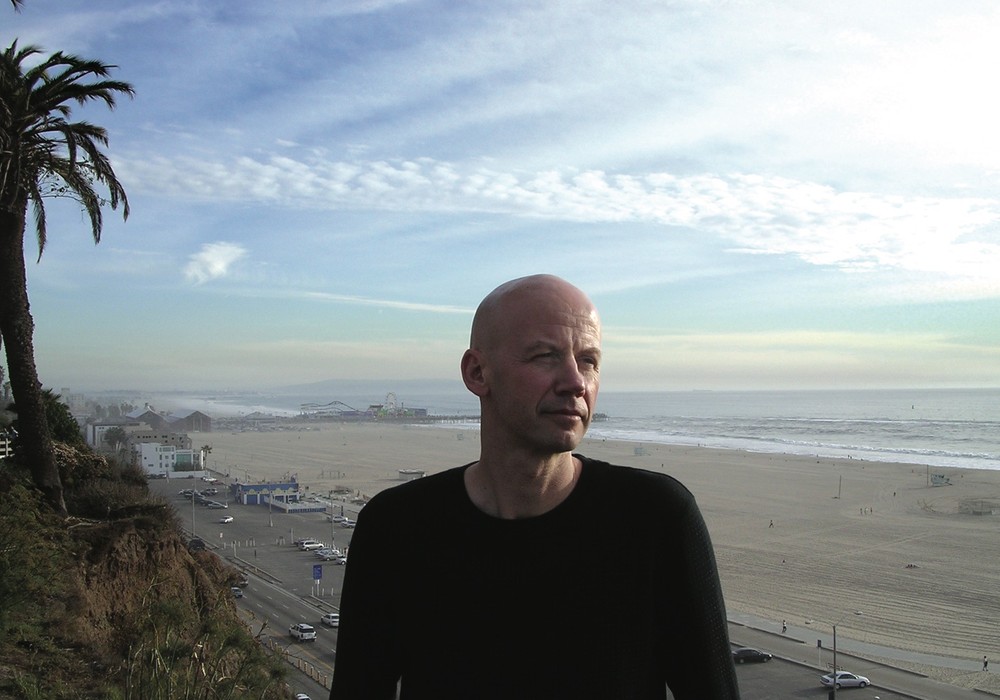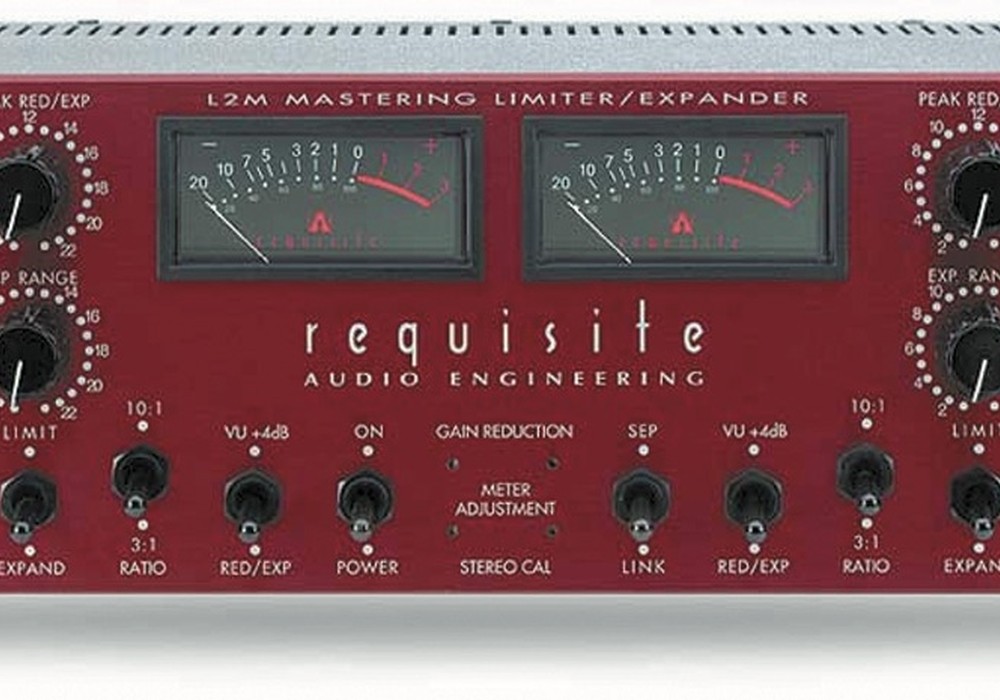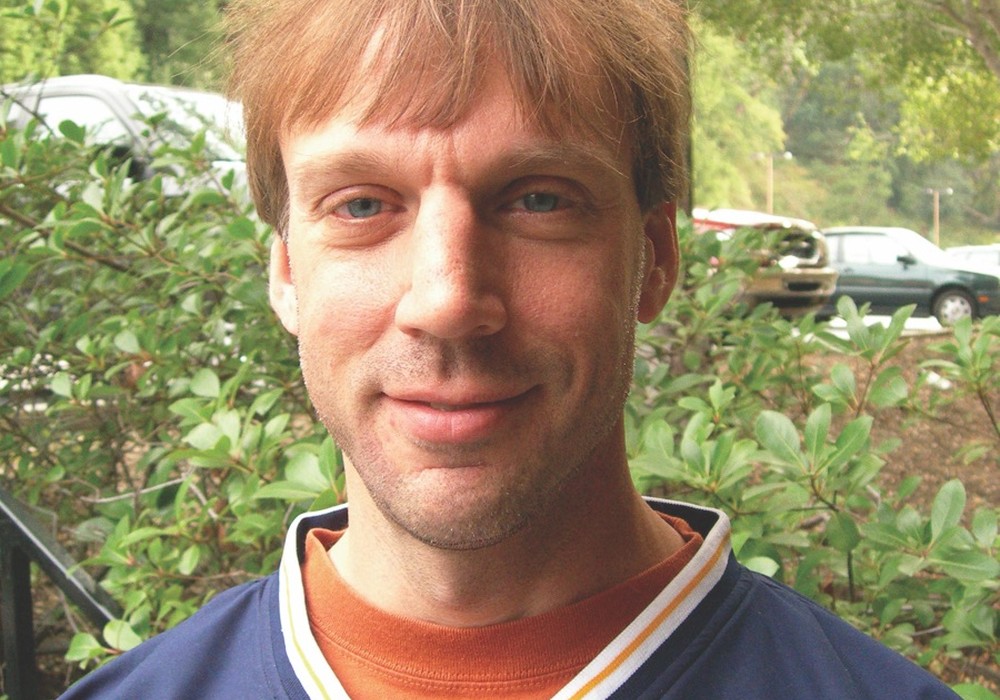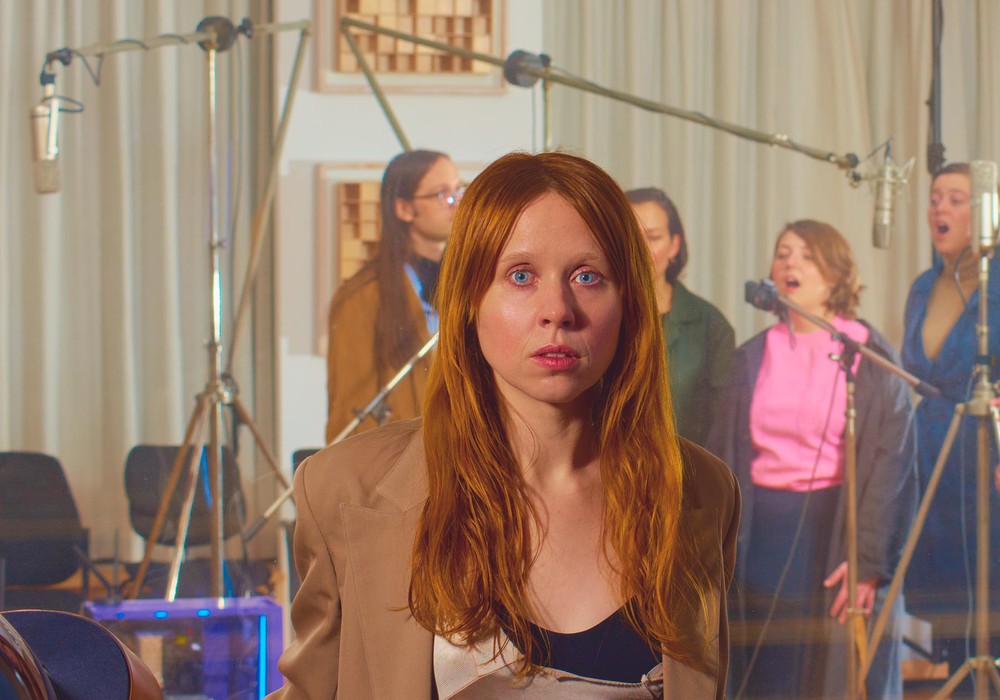We first interviewed Eric Valentine in Tape Op #45 and discussed his production career and techniques. Eric is well known as a producer and engineer for working with Third Eye Blind, Smash Mouth, Good Charlotte, Queens of the Stone Age, and more recently Grace Potter. But in 2007 he took the unusual step of starting a pro audio gear company called UnderToneAudio. With the fairly glutted pro audio marketplace, why would a successful producer go down the black hole of manufacturing audio gear? We sat down with Eric to find out.
How did you go from producing records to starting UnderTone Audio?
It really started when I was at a crossroads, just dealing with having a large-format recording console that would do what I needed it to do. I've always been a Neve guy. I was lucky enough early on to have bought an 8038 Neve that had 32 1081s in it from Ocean Way back in 1990. Just because everybody said, "Neves are great. That's the warm sound." So I got one, but there was a learning curve with that thing. It did not sound amazing right out of the gate. But once I learned it, it did sound amazing. All of those early records, the Third Eye Blind record and Smash Mouth's first couple records, were all tracked on that console. Then there's a certain point where I hit the limitations of mixing on that console. I just couldn't mix on it anymore; I'd outgrown it. I upgraded to a Neve 8128. I know some people would probably consider that a downgrade, but I loved that console. The 8128 was incredible. That console actually moved to L.A. with me and was set up at Barefoot Recording. I did Queens of the Stone Age and the first Good Charlotte record with that console. But then that console was really at the end of its lifespan. There was just no amount of contact cleaner that was going to make me trust that thing ever again. It was over. So, I decided, "What the hell. I'm going to get the latest and greatest Neve console." So I got the Neve 88R. It's an amazing console but they had travelled too far away from what I need a console to do. There's so much stuff on there for film stages and all these other things that I didn't need, and the thing's gigantic. The channel strips are three feet long. The nearfield monitors weren't nearfield monitors anymore. There's this giant sea of flat metal surface between me and the [Yamaha] NS-10s. The speakers sounded weird, and I could never really get comfortable with it. That console just didn't work for me at all. It drove me nuts. During the same time, I met Larry Jasper. He was repairing and modifying all of my vintage gear. He's just so good; he's a total savant with this stuff. He memorized all of the schematics for all of the equipment in my studio. He already knew them all. Every single item that I mentioned, like my [Teletronix] LA-2A seems to be weird, and he'd say, "Yeah, they got it right with this, and it was really good they did this thing, but it'd be a lot better if you bypass the output transformers." We'd try the stuff that he suggested, and he was always right. The changes that he'd make were amazing. So we modified my LA-2As and did a bunch of work on my [Urie] 1176s, tape machines, and everything. Everything came back incredible, super reliable, and sounding amazing. At this point I got kind of cocky and thought maybe we could just put together a console ourselves! Originally, I was going to build it around some module that I liked; the original 1084 Neve module, sort of a smaller version of the 1081 that was still Class A. I was going to find a bunch of those and then build a console for the bussing and routing. Then I got more ambitious and thought I'd really like the EQ to be more flexible. Maybe we can modify them. That looked like it was going to be too complicated, so finally I just said, "Fuck it. Let's go from scratch and see what happens." With every single thing, Larry would say, "This aspect of the design was good, but it could have been better if they did this, that, and the other." I said, "Let's do everything the way that you think would be the most amazing, and then let's just see what happens!" I was lucky enough to be in a place and have the resources to do an experiment like that. I paid him and we both worked on it together to build...
